Lakeside isn’t dead. It’s awaiting a $1B rebirth. Can Michigan malls follow?
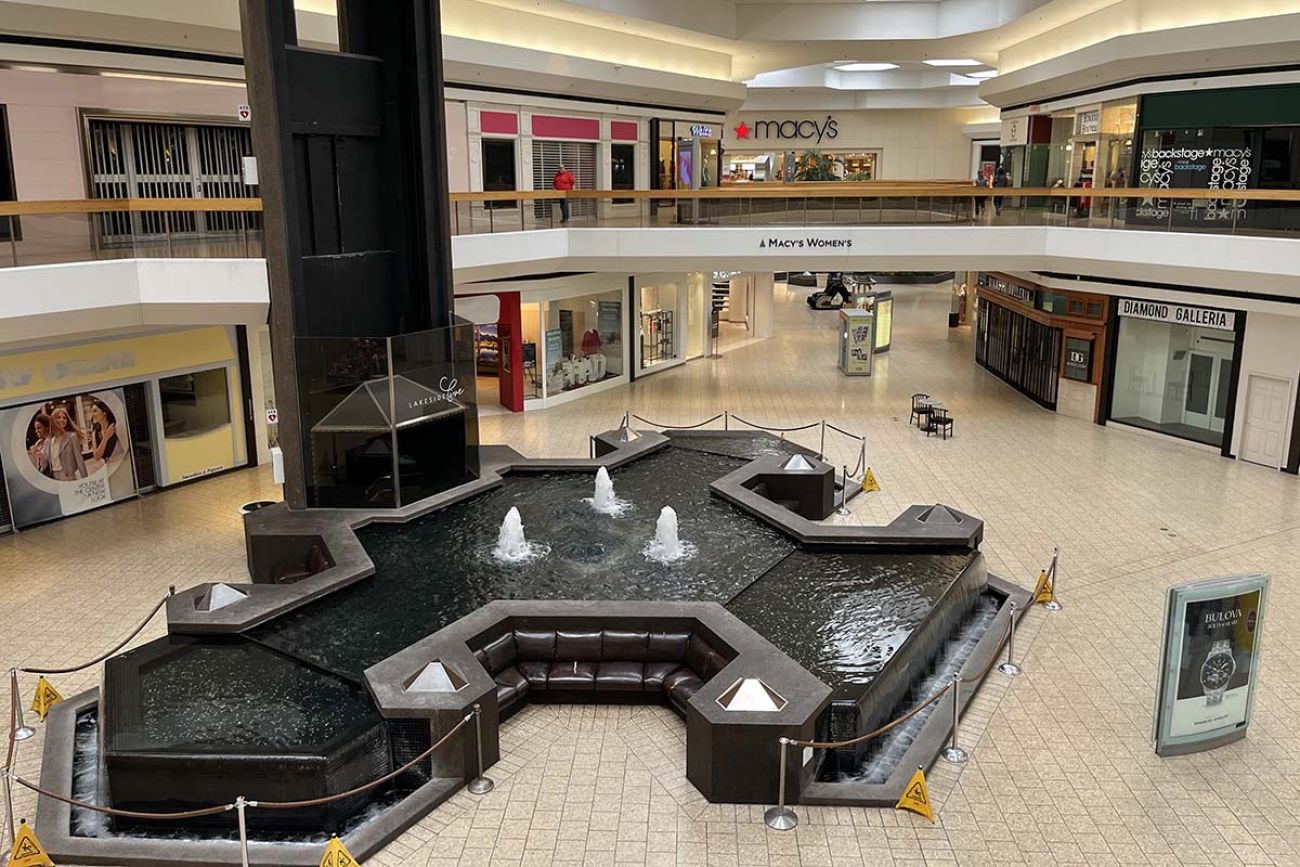
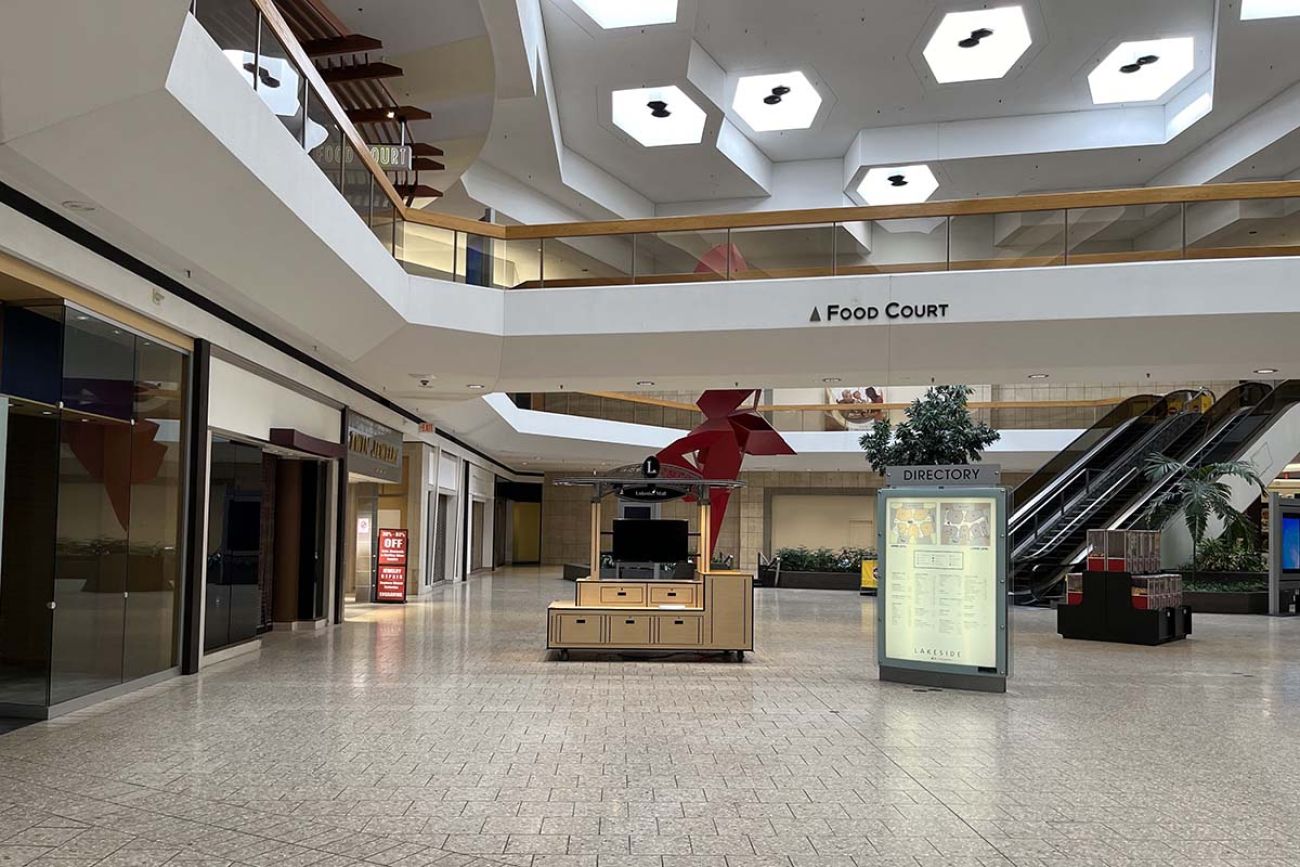
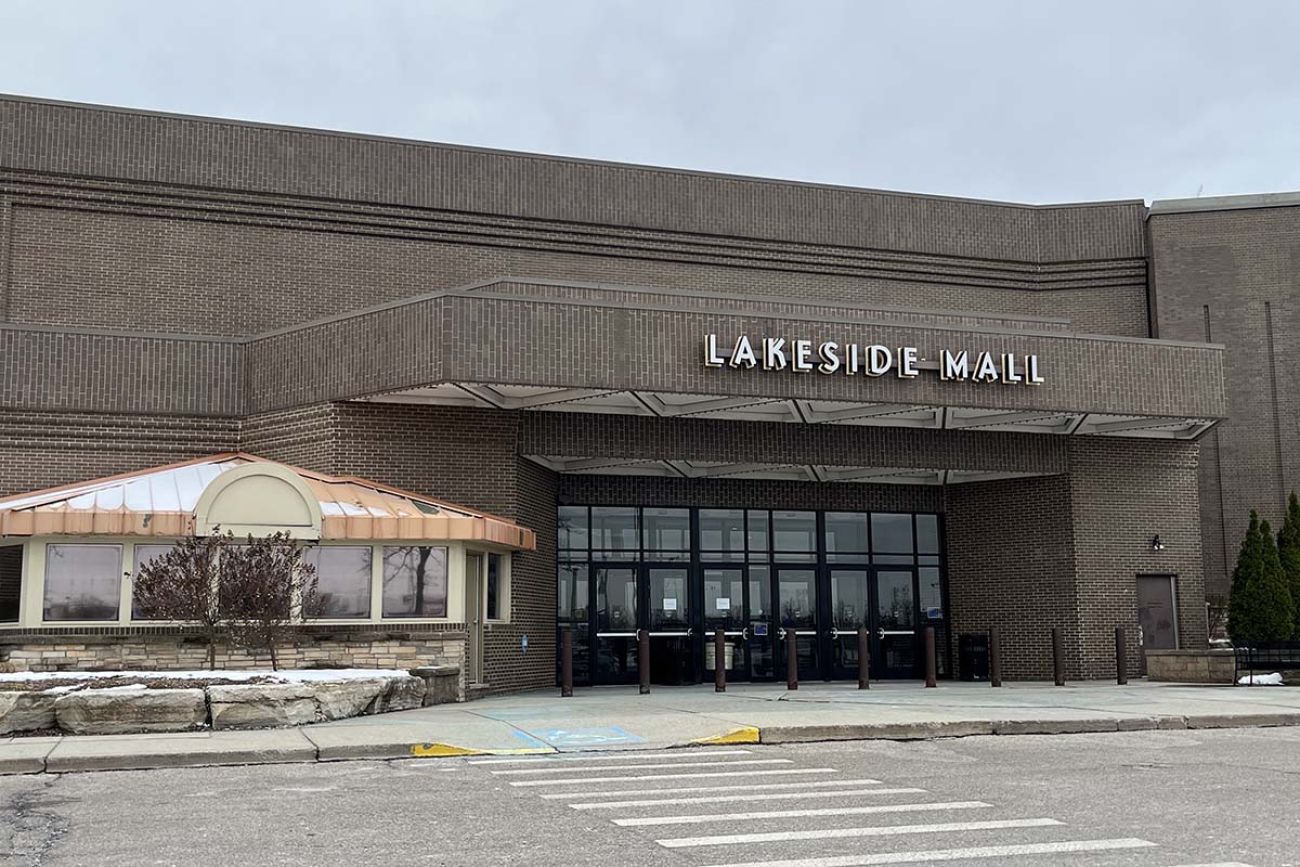
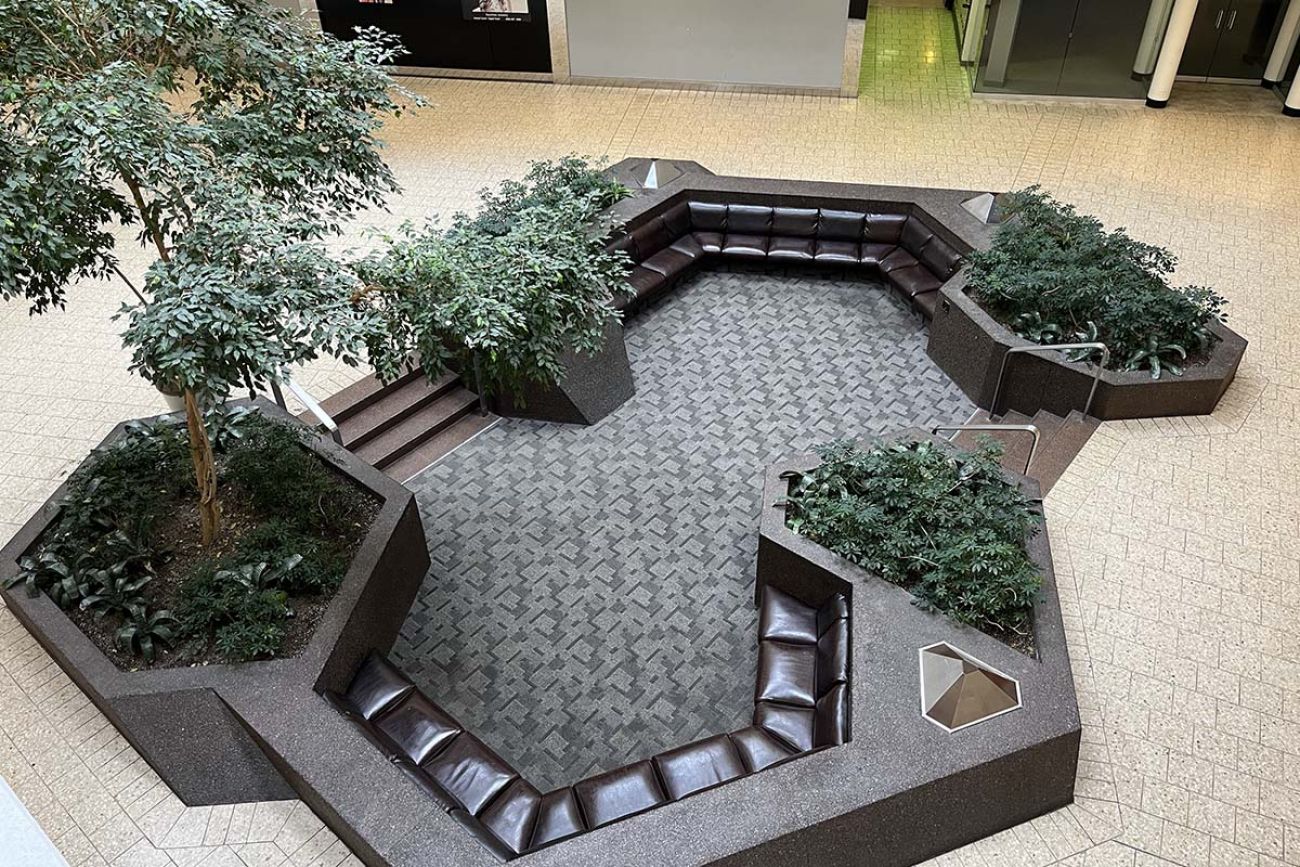
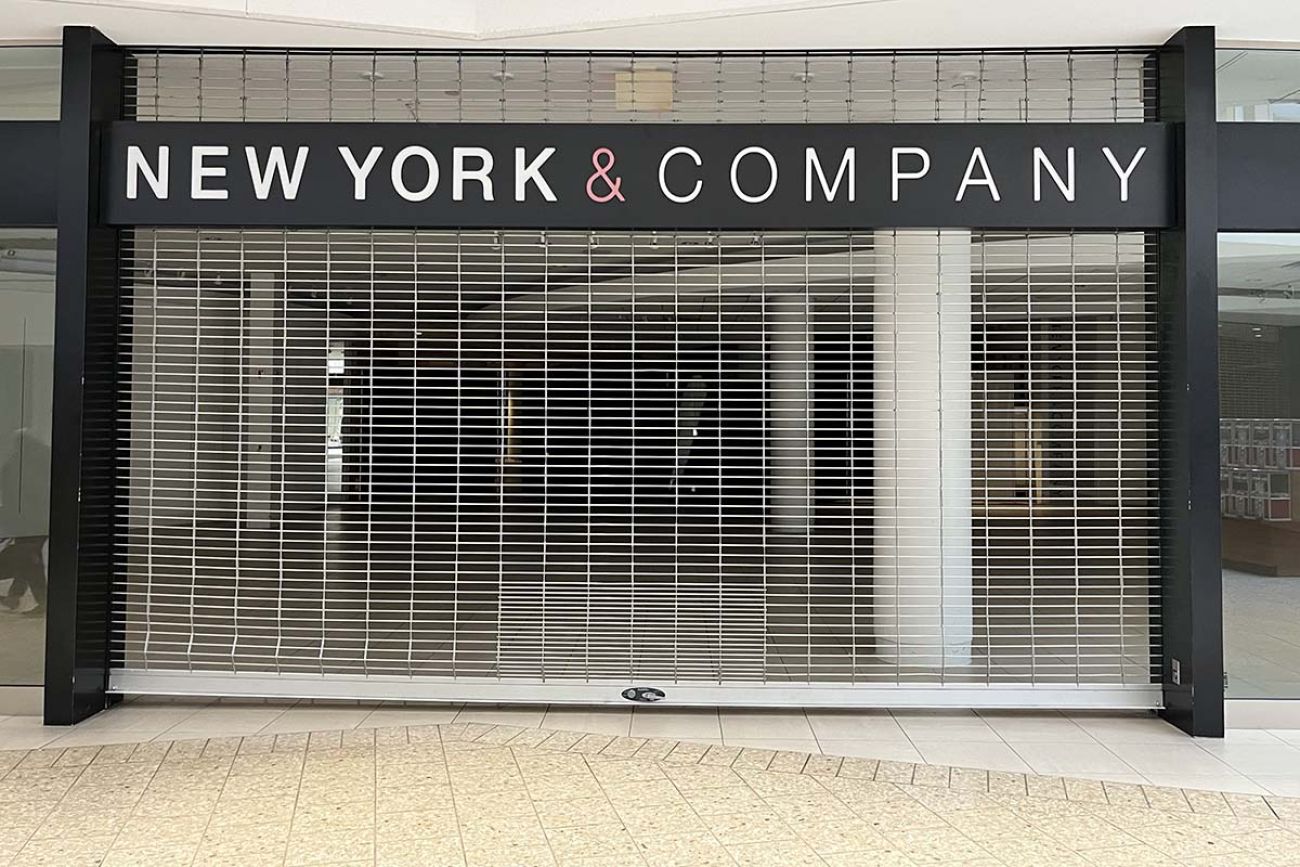
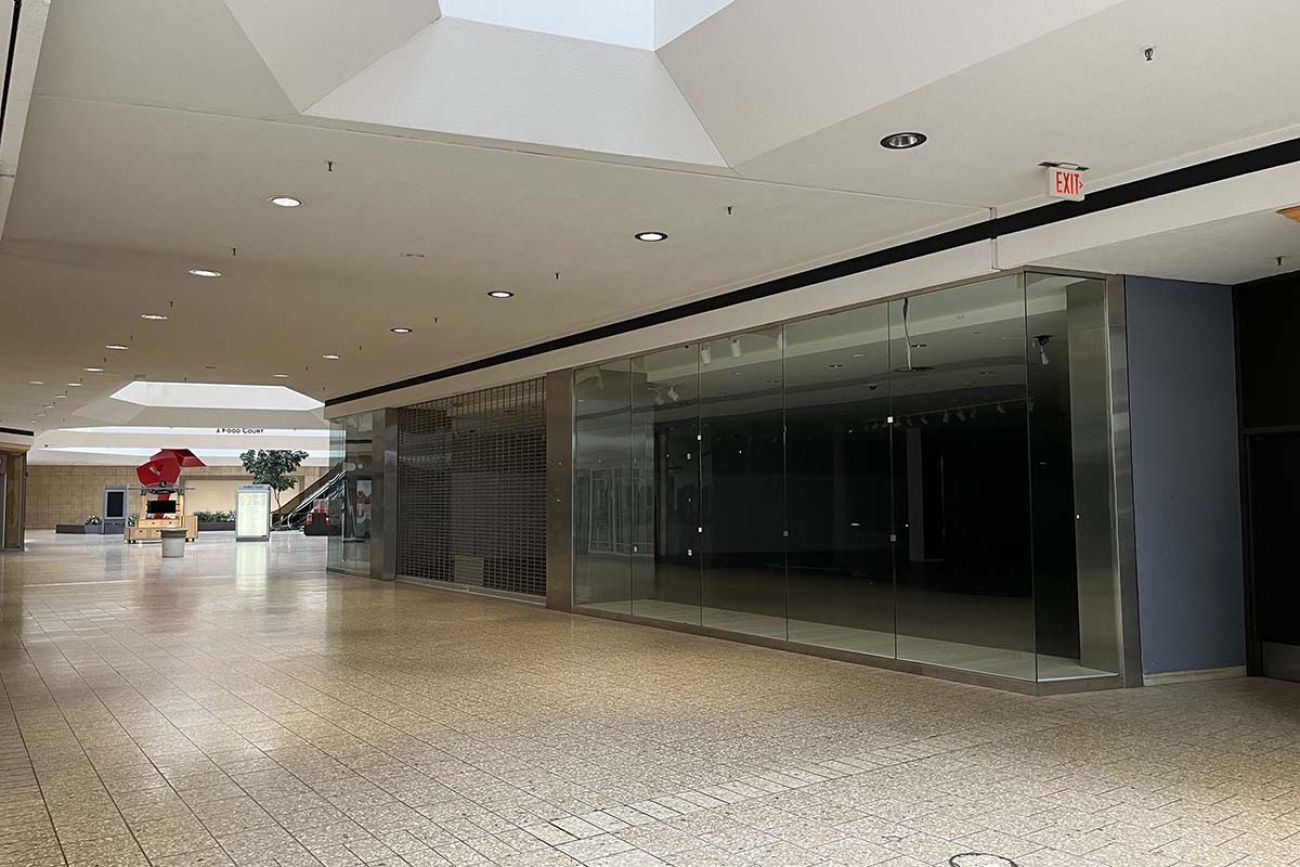
- Lakeside Mall in Sterling Heights will soon close as a $1 billion redevelopment plan kicks into gear
- The mall was a longtime economic engine in Macomb County, starting in the 1970s
- No longer valuable as a mall, its well-located 110-acre home will become a mixed-use city center
May 1: Lakeside Mall to close July 1, paving way for $1 billion redevelopment
STERLING HEIGHTS — Signs of life still exist at Lakeside Mall, but visitors to one of Michigan’s metro Detroit’s largest indoor malls have to walk past dozens of closed and gated stores to find them.
The signature center-court glass elevator is out of service. Shelves are half-stocked in Macy’s home department. Cinnabon, which is practically ubiquitous at most malls, closed years ago, yet teases Lakeside shoppers with a sign displaying its menu.
“You can’t even get a cup of coffee anymore in this place,” said Mike Todorovich, a mall walker who has shopped at the mall since it opened in the mid 1970s.
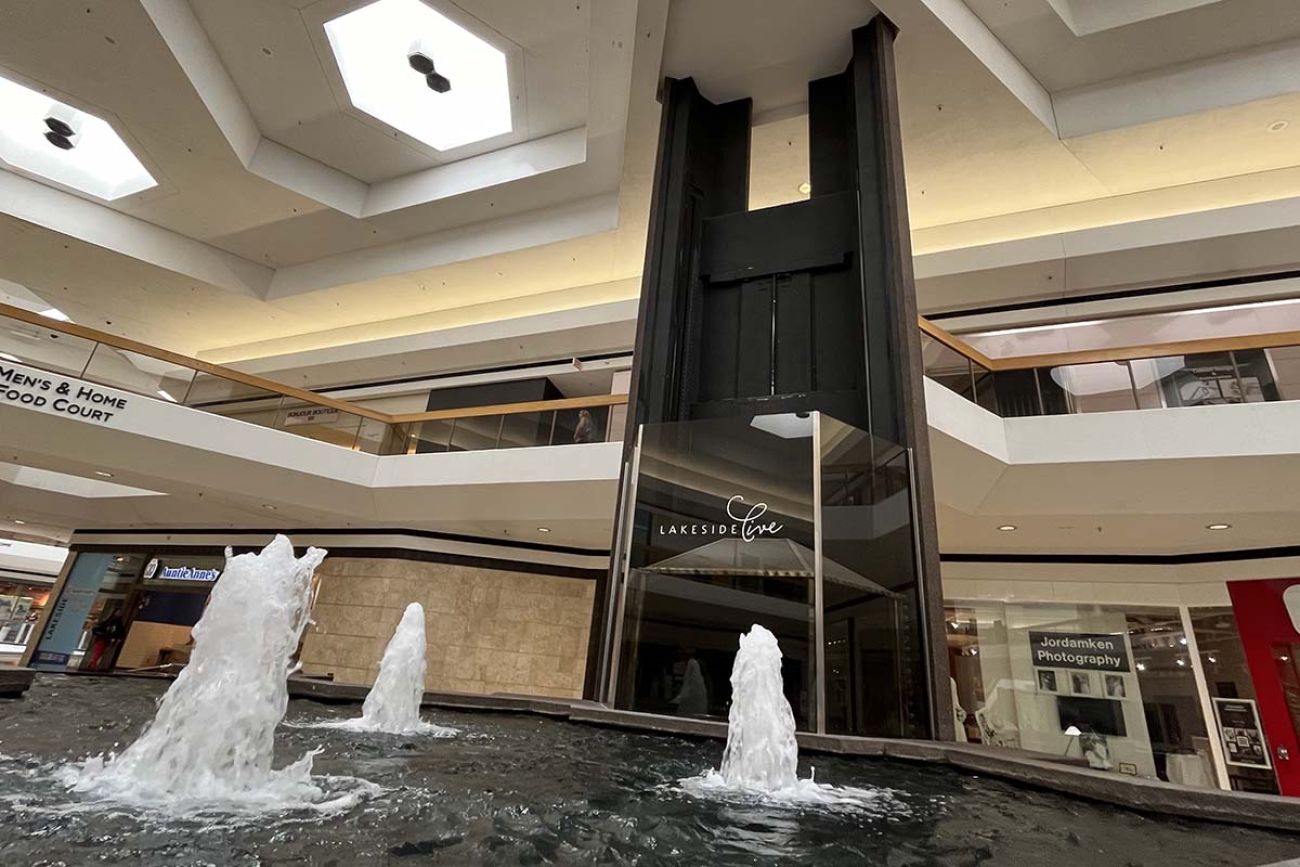
The scene may look depressingly familiar, as hundreds of malls have closed nationwide in the past 10 years, with the boom of online shopping and projections that as many as 1 in 4 malls could close in the next few years.
Related:
- Michigan invented shopping malls. Photos show rise, fall, rebirth since 1954
- A Sears comes down, apartments go up at Michigan mall. Is this the future?
- Bed Bath & Beyond’s decline breeds opportunity for Michigan retail centers
- A Michigan mall’s transformation: From Macy’s to self-storage
But appearances can be deceiving. Lakeside isn’t dead: Like many malls nationwide, it’s awaiting a second act, as recent changes signal plans for Michigan’s most expensive mall redevelopment ever and rebirth as Lakeside Town Center
Sterling Heights officials have spent a decade studying how to reimagine the 110 acres that house the mall. Their conclusion: a $1 billion remaking of the property that will include 2,800 apartments, a park, walking trails connecting the rest of the city and about a 90% reduction in store space.
This spring, delivering that project is getting closer, Allison Greenfield, chief development officer for Lakeside owner Lionheart Capital, told Bridge Michigan.
Lakeside Mall’s proposed rebirth
The $1 billion plan to remake the mall will take up to 20 years to complete. Initial plans call for:
- 2,803 apartments, including for seniors
- About 150,000 square feet of retail space
- Covered, heated pedestrian shopping
- ‘Main Street’ style sidewalks
- Macy’s and JC Penney facelifts
- Hotel with 120 rooms and a parking deck
- About 60,000 square feet of office space
- Restaurants
- Parking on street and in a parking deck
- Recreational amenities like open space and trail connections.
Source: State of Michigan legislative earmark description
In coming months, the mall is likely to close, while Lionheart’s Out of the Box division expects to acquire closed anchor stores with the aid of a $3 million state grant approved by Gov. Gretchen Whitmer last July.
Site plans for a first phase of construction — a step that will unlock at least $70 million in state incentives — are expected to soon follow. Other public funding could come from a city-issued bond to further improve the property.
“We're really at the right at the doorway of being able to know exactly what (the remade Lakeside property) looks like,” Greenfield said.
What it won’t resemble: A giant enclosed mall anchored by department stores and surrounded by empty parking spaces that, possibly unbelievable today, once were filled.
Indeed, Lakeside was a catalyst that helped fuel the retail boom along M-59 that led to rapid growth in northern Macomb County. The mall traffic helped Sterling Heights, which had 61,000 people in the 1970s, grow to become Michigan’s fourth-largest city, with 134,000 residents in 2020.
Lakeside, which once employed thousands, also was a top taxpayer, reaching $1.5 million per year. More recently, that fell to $300,000.
A ‘useful’ second act
With the decline, city manager Mark Vanderpool said, Sterling Heights recognized that malls “do indeed have a useful life” and began drawing plans for what could come next.
Mall owners are increasingly engaged in that effort, too.
Simon Property Group, the largest mall owner in the U.S., last spring announced a $1.5 billion five-year plan to add density and new uses to its mall properties, starting largely with California and the northwest U.S.
Briarwood Mall in Ann Arbor also made Simon’s early list.
In Sterling Heights, the Lakeside mega-project is unique for the degree to which the city anticipated the mall’s decline and reacted with setting a redevelopment vision.
The effort is “very complicated,” Vanderpool said. “But it’s so important. As a city, we could have sat on the sidelines and let market forces prevail.”
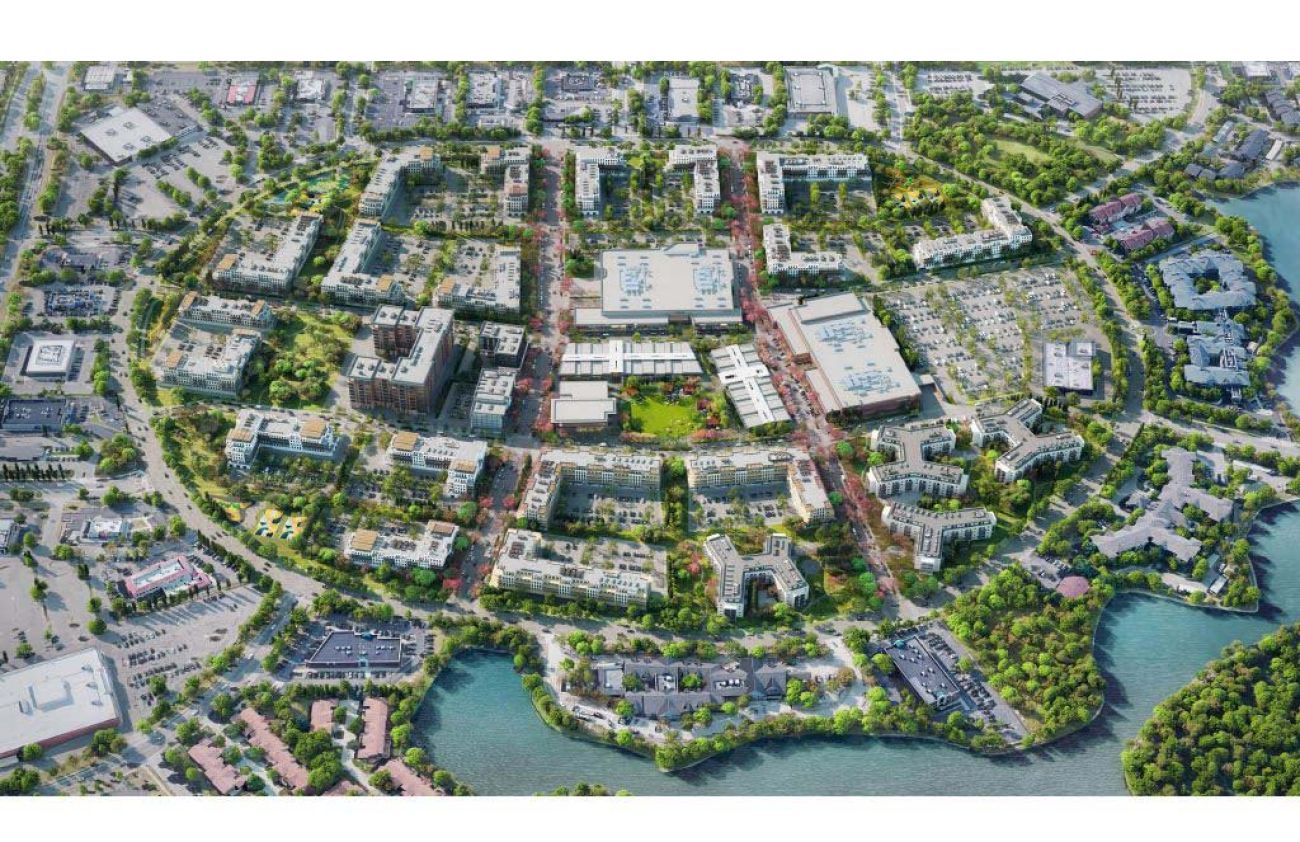
Doing that could have meant letting Lakeside slide further into obsolescence over a decade, then sitting shuttered until a new plan fell into place.
Or, Vanderpool said, a developer could have proposed today’s typical redevelopment — like giant warehouses or a big subdivision — that didn’t capitalize on the higher potential built by the mall’s legacy.
Nearly 200,000 vehicles still travel around M-59 and nearby Schoenherr Road per day, in part because of the pull to other businesses established by the presence of the mall.
“We did not want to suffer that fate,” Vanderpool said of watching prime city real estate turning into an industrial warehouse. "We decided to head down the path of opportunity.”
“We want to reimagine the Lakeside town center development to be a (regional) focal point and attraction,” Vanderpool said. “A point of pride.”
A period of flux for malls
Malls that survive today do so after two decades of industry changes and changing public sentiment.
Once the place to go, malls lost their luster as internet shopping rose. By 2008, Newsweek magazine said malls were “in their dying throes.” It got worse: Department store closings during the Great Recession drove mall-based retailers — who paid top rental rates to be in the once-prime locations — to their own reckoning, falling like dominoes after Sears, Macy’s, Lord & Taylor and other anchors closed.
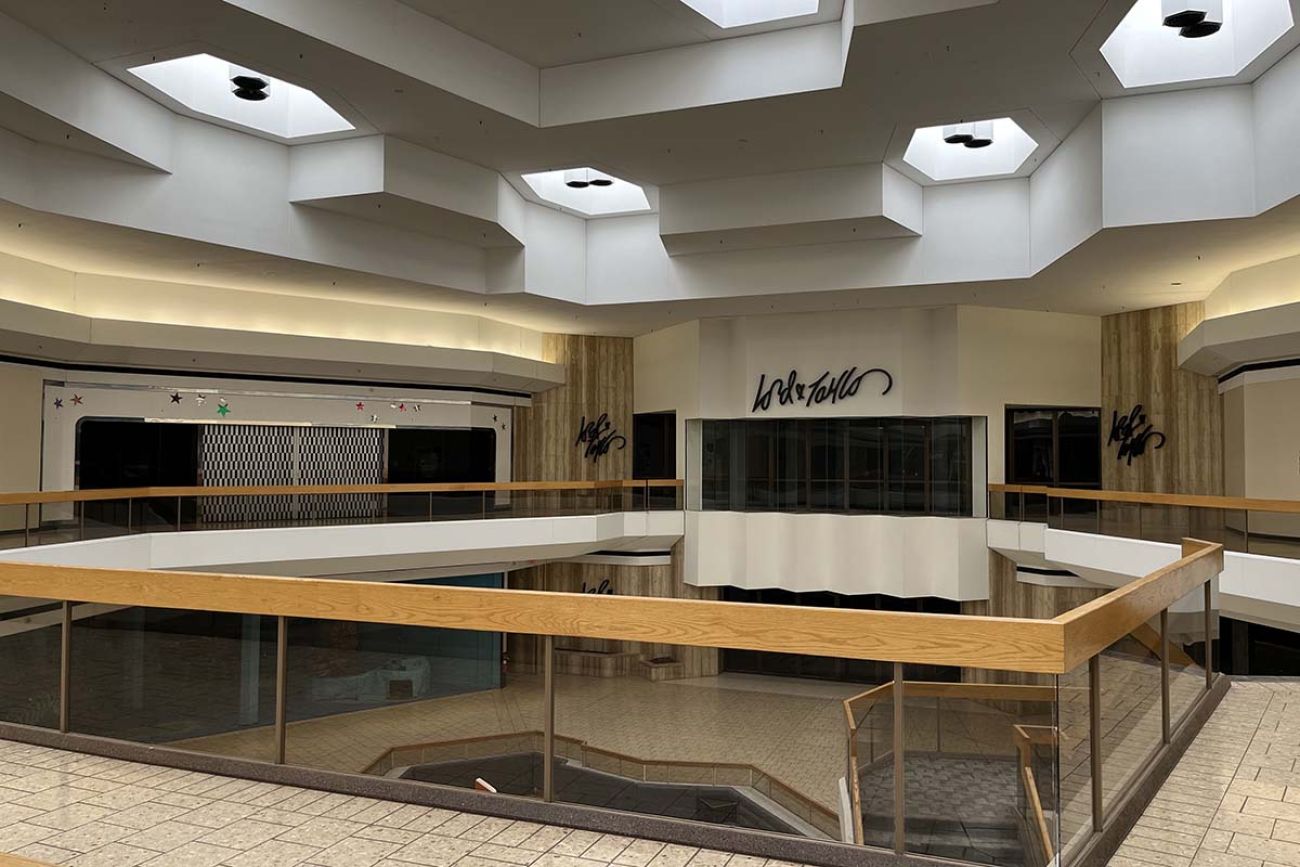
In Michigan, icons like Northland in Southfield, Eastland Center in Harper Woods, Summit Place Mall in Waterford, Adrian Mall have closed. Westland has struggled for more than a decade; ditto Lakeview Square in Battle Creek and many others.
Enclosed malls across the state were razed — altogether or in part — to make room for more big-box and strip centers, like the Shops at Westshore in Holland and Northland Center, where all but the property’s original J.L. Hudson store was demolished (and where building is finally taking place).
Reinvestments at Meridian Mall near Lansing and at Macomb Mall in Roseville refreshed shopping options.
Other properties faced ongoing slides before new owners promised better things, like at Midland Mall and Saginaw’s Fashion Square.
Somewhere in the middle of all the changes, Lakeside outwardly persevered as a traditional mall.
Circa 1976 postcard of Lakeside Mall in Sterling Heights I recently acquired.#SterlingHeights pic.twitter.com/4eXRn8luX6
— Michigan's Past (@MichiganHist) July 12, 2021
However, on the balance sheet, “the mall deterioration was underway” in the early 2000s, said Luke Bonner of Bonner Advisory Group, which worked with Sterling Heights on its decade-long plan for Lakeside.
Publicly owned General Growth Properties had bought Lakeside with $144 million in debt, which Bonner described as “unsustainable.”
The company then could not afford “to make the kind of mall improvements that were really necessary to improve mall traffic and diversify the tenant base,” Bonner said.
Occupancy started to slide, dipping below 80% and increasing the financial pressure, before General Growth defaulted on its loan in 2016. Lionheart acquired it three years later for $26 million.
A mall resurgence?
Today, experts said, there’s a mall resurgence, notably in locations with higher-end stores and tenants who do more than sell apparel.
“Malls have enjoyed consistent growth in foot traffic over the past two years,” according to a recent report from Placer.ai, a retail foot traffic analytics company.
The increase is coming from younger consumers, who also are going to open-air centers and outlet malls more. And COVID-19 actually seems to have helped increase foot traffic, as 2024 is expected to reach 2019 levels.
Besides the younger consumers, higher-income shoppers will lead the way back for malls. Malls, in turn, are focusing more on tenant diversity to broaden their mix from traditional retailers. Grocery stores, driving schools and experiences — starting with arcades — all are in the new tenant mix for malls.
But at properties that won’t rebound, their decline is excruciating. In their communities, the loss touches jobs, taxes, reputation and spinoff spending, which for a solid shopping center leads to more business attraction.
“Local governments have no input or control over the financial demise of a shopping center,” Bonner told Bridge. “The waiting game is painful and hard to watch.”
Back to Lakeside
Lakeside celebrated its 48th anniversary on March 2, with 54 stores still operating. Some managers, who said they could not speak on the record, told Bridge that shoppers often express surprise that the retailers — down from the peak store count of 180 — are still there.
To be sure, store numbers are dwindling even as others plug away, still restocking.
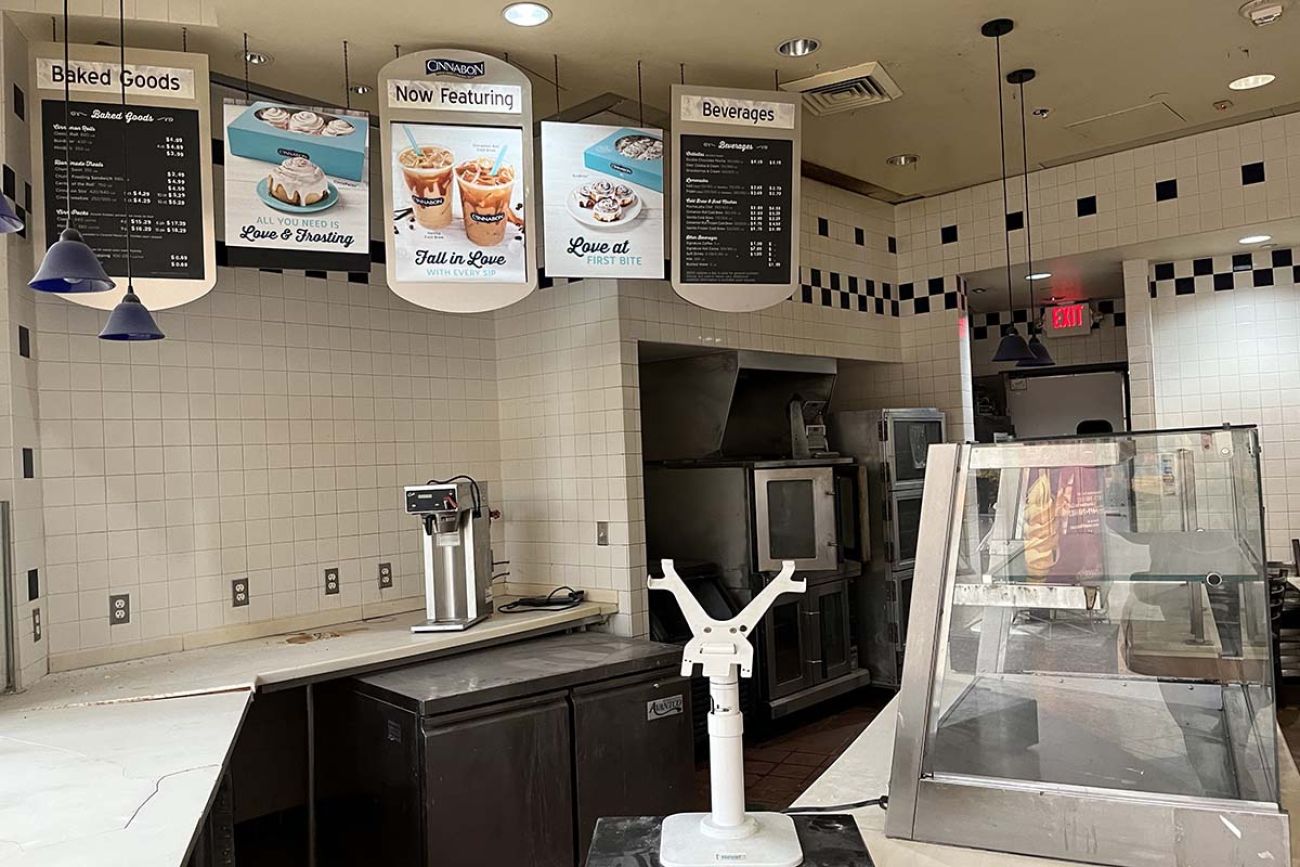
Greenfield of Lionheart told Bridge that no closing date has been finalized, but the day is approaching. Construction, however, is still some time off.
“A lot still has to happen before demolition starts at the mall,” she said.
Neither Greenfield nor Vanderpool would talk specifically about property acquisition. However, both JC Penney and Macy’s corporations have signed off on the mall redevelopment, leaving the former Sears and Lord & Taylor stores to sign on. (Macy’s has announced 150 store closings by 2026, but so far isn’t pinpointing the Sterling Heights store among them).
Working with multiple property owners makes mall projects more complicated, consultant Bonner told Bridge.
They also “take a lot of staying power and a lot of capital,” he added.
Public funding is necessary, Lionheart’s Greenfield told Bridge, because “the economics don't really make sense just on the private side.”
The city formally agreed to incentives that it will provide to the project, and it won a $3 million grant from the Legislature in the 2024 state budget. The spending was sponsored by Rep. Nate Shannon, D-Sterling Heights, and Sen. Paul Wojno, D-Warren.
The state grant, according to documents obtained by Bridge, is “needed to acquire remaining vacant and blighted department stores held by private parties.”
Beyond that grant, a Corridor Improvement Authority also was established in summer 2023, allowing municipal tax increases from value bumps to fund about $71 million of utility lines, roads and sidewalks within the district.
The vote to set up the tax district was split 4-3 among council members, the Macomb Daily reported. One official who ended up approving the measure initially wanted the district to be larger to increase potential for other properties; another, who remained against it, wanted it smaller. The third wanted a different financing mechanism, while the fourth opposed it.
More recently, the city voted in early April to accept the $3 million grant. That, too, was approved a split vote, Crain’s Detroit Business reported.
Lakeside also will qualify for the state’s Transformational Brownfield Plans incentive funding, after the Legislature approved changes in 2023. Sterling Heights and Macomb County officials backed Senate Bill 289 allowing the mall to be considered because of Lakeside
With the change, developers of retail and housing projects can capture income taxes, sales taxes and other use taxes in a district to pay for large-scale improvements.
Lionhart can apply for the transformation brownfield incentive after the city approves site plans. “It will be tens of millions of dollars,” Vanderpool told Bridge.
For its part, Lionheart will spend years developing Lakeside as today it confronts costs and what the market will bear. Today’s plans convey the scope, but over a decade or more of construction and planning, they still could evolve, Greenfield said.
“How long it will take and what the final mixture of uses will be in the end is truly unknown,” said Bonner, describing Sterling Heights as among the best markets in the Midwest.
“There is so much potential.”
Business Watch
Covering the intersection of business and policy, and informing Michigan employers and workers on the long road back from coronavirus.
- About Business Watch
- Subscribe
- Share tips and questions with Bridge Business Editor Paula Gardner
Thanks to our Business Watch sponsors.
Support Bridge's nonprofit civic journalism. Donate today.
See what new members are saying about why they donated to Bridge Michigan:
- “In order for this information to be accurate and unbiased it must be underwritten by its readers, not by special interests.” - Larry S.
- “Not many other media sources report on the topics Bridge does.” - Susan B.
- “Your journalism is outstanding and rare these days.” - Mark S.
If you want to ensure the future of nonpartisan, nonprofit Michigan journalism, please become a member today. You, too, will be asked why you donated and maybe we'll feature your quote next time!




